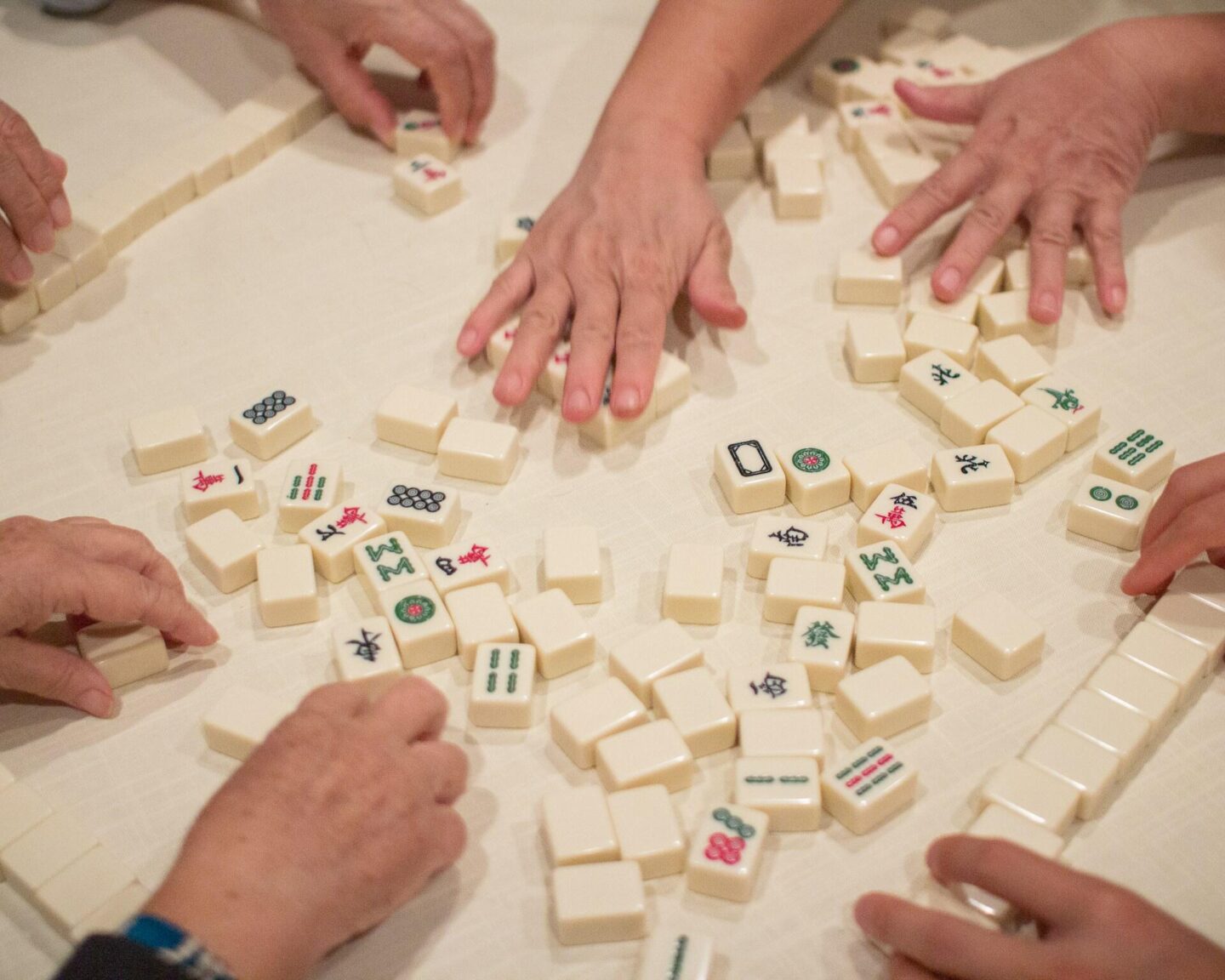
Some meals are designed for slow, contemplative enjoyment. Others? Purely practical – engineered to keep one hand free for dealing, rolling, or making that game-winning move. Food and gaming have been a package deal for centuries, with menus evolving to suit the needs of players, whether they’re deep in a poker hand or rattling mahjong tiles in a crowded tea house. From the sandwich (thank you, Earl of Sandwich) to the salted nuts that mysteriously appear wherever bets are being placed, gaming history is deliciously strategic.
The Earl, the Cards, and the Sandwich That Stuck

I find that there’s something strangely poetic about the fact that one of the world’s most universally beloved foods was born at a gambling table. John Montagu, the 4th Earl of Sandwich (I imagine you can guess where this is going)… Well, he had a bit of a quandary – he loved playing cards, but he also needed to eat. The solution? Meat stuffed between two slices of bread, allowing him to keep one hand free for betting. Ingenious. The trend caught on, and before long, the phrase “I’ll have the same as Sandwich” turned into a global phenomenon.
Now, was the Earl of Sandwich the first person to put meat between bread? Obviously not. But did he have the right idea (and a catchy surname)? Absolutely. Even now, sandwiches remain one of the ultimate gaming foods – minimal crumbs, zero cutlery required, and easily devoured between turns.
Dim Sum and Mahjong – A Perfect Pairing
For some games, the food isn’t a problem to be solved, it’s an integral part of the process. Come with me to China to investigate a powerful duo – Dim Sum and Mahjong. The pair have been inseparable for generations.
Dim sum – steamed dumplings, buns stuffed with char siu – anything you can eat in a single mouthful. It was practically engineered for group gaming. It’s all bite-sized, easy to grab with chopsticks (or fingers, if you’re feeling lazy), and better still, it’s easy to share. This convivial food is the perfect fuel for hours of clattering tiles, whispered strategies, and friendly trash talk.
Historically, teahouses in Cantonese communities became natural hubs for mahjong, with players gathering for long sessions that required a steady stream of food and drink. To this day, a proper mahjong night isn’t just about winning – it’s about eating well (and winning).
Poker and the Power of One-Handed Snacks
Casinos have long been known for handing out salty snacks – supposedly to keep people thirsty and keep them buying drinks! However, long before casinos, poker was the order of the day. You’d find people sat around in a smokey saloon, cards in hand and a look of concentration furrowed into their faces. It is and always has been a game of focus, bluffing, and knowing exactly when to hold ‘em (hence the name). And when you’re deep in a hand, whether it’s Texas Hold’em, razz, or Omaha poker, the last thing you want is greasy fingers smearing up your cards. That’s why poker snacks have historically been all about one-handed, mess-free eating – a tradition that started in the old Western saloons and never really stopped.
Picture a 19th-century saloon poker game. The players are seated in a dimly lit room, stacks of chips and cigars resting on the table. What’s being passed around? Beef jerky – a tough, salty snack that requires no utensils, leaves no residue and takes a while to chew (which, conveniently, gives you extra time to think through your next move). Other saloon staples included roasted nuts and hard cheeses – foods that wouldn’t stain cards or distract from the game.
Fast forward to modern poker nights, and the logic remains startlingly similar. Could you imagine someone busting out a plate of spaghetti at the table? They’d be laughed out of town. Instead, you get deli meats, pretzel sticks, popcorn, and maybe the occasional strategically placed sandwich (thank you, John Montagu). Foods designed to be eaten with minimal fuss, maximum flavour, and just enough salt to keep the drinks flowing.

